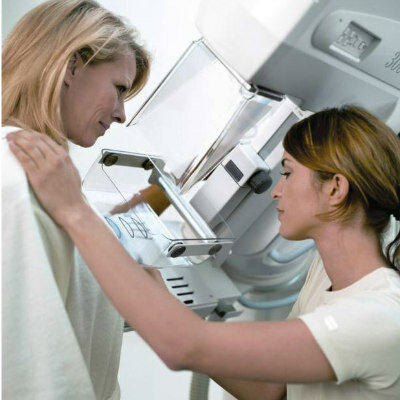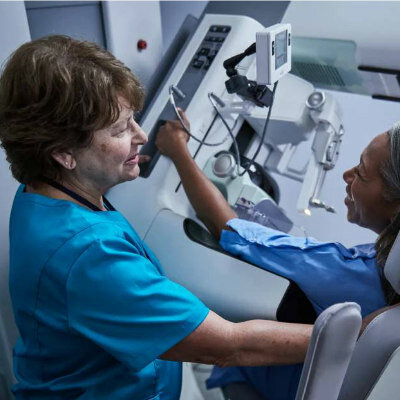Small Efficiencies Achieved When Different Providers Read Different Scans on Same Patient
By MedImaging International staff writers
Posted on 22 Apr 2013
Any efficiency gained in physician diagnosis and interpretation when different providers decipher different medical imaging scans performed on the same patient are very small and differ by procedure, according to new research. Posted on 22 Apr 2013
The results of the study were published online April 12, 2013, in the Journal of the American College of Radiology. Specifically, no potential intraservice work duplication was found when different exam interpretations were provided by different physicians in the same group practice. Small potential efficiencies were found possible regarding pre- and post-service activities. Across all imaging modalities, this corresponds to a maximum US Medicare professional component physician fee decrease of only 0.95%–1.87% for services regarding the same type of scan. For services from different imaging techniques, possible duplications were too minute to even quantify.
This topic is debated in health policy circles in the United States because the US Centers for Medicare and Medicaid Services (CMS) recently enacted a 25% Multiple Procedure Payment Reduction to Medicare reimbursement for interpretation of sophisticated diagnostic imaging scans performed on the same patient, in the same session. This reduction applies across all physicians in a group or practice. It does not affect the number of scans ordered, only interpretation of scans already performed. This type of reduction has recently been extended to cardiovascular and ophthalmology technical services and physical therapy as well.
“These findings are important because the exams affected are primarily used to care for the most sick or injured patients—those with massive head and body trauma, stroke or widespread cancer. These people often require interpretations by different physicians to survive. This study shows that the data Medicare used to justify funding cuts was inflated by 1,200% and not reflective of clinical practice,” said Geraldine McGinty, MD, chair of the American College of Radiology (Reston, VA, USA) Commission on Economics.
Because each imaging study generates a series of images requiring individual interpretation, a physician is ethically and professionally obliged to spend the same time and effort, irrespective of the date or time of service. Studies demonstrated that medical imaging use and imaging costs have declined substantially since 2006.
“While potential efficiencies exist in physician pre- and post-service work when same-session, same-modality imaging services are rendered by different physicians in the same group practice, these are relatively minuscule, and have been grossly overestimated. These findings support the need for greater transparency and methodological rigor when health care regulatory actions are taken,” concluded Dr. McGinty.
Related Links:
American College of Radiology














